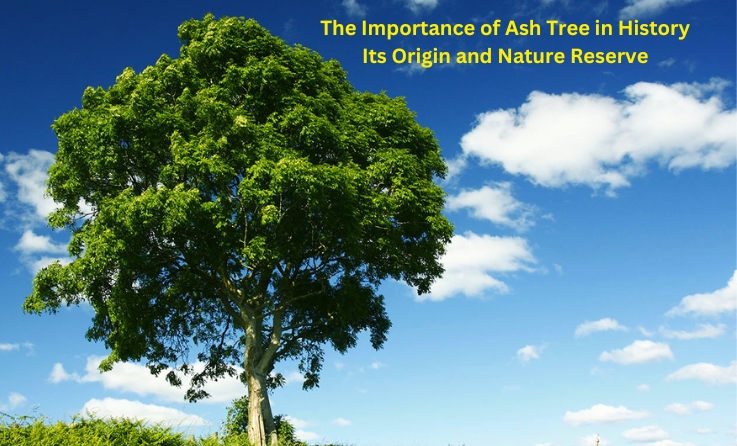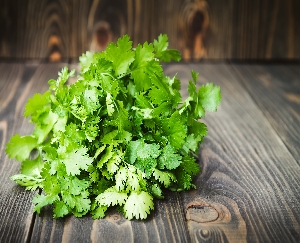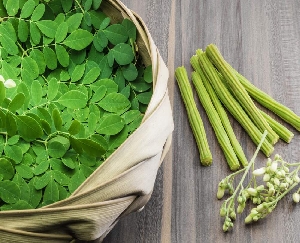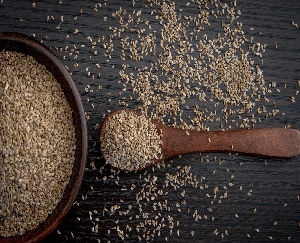
The ash tree is a part of the Oleaceae family. There are three species or subspecies that grow within this genus. These are the American ash, Egyptian pomegranate, and European sweet bay. All these varieties have a white to yellowish-brown bark, which has been trimmed off and left brown and dry, forming thick spines that extend from the bottom of the trunk. This is due to their lack of moisture in the summer months. Although they do not produce fruits, the leaves can be used as food ingredients. They also contain some medicinal properties such as saponins and other alkaloids.
Species
There are over 600 species. Of them, around 900 are found in North America with 10 species being identified as endangered.
Read more: Ash Tree Types, Facts, Care, and Diseases
Origin
Ash trees originated in Europe, Asia, and Africa, where they were first recorded in ancient China. In North America, it was first documented by Europeans in the 1920s. It should be noted that the name 'ash' is derived from the Greek word ‘aksta’ for leaf and therefore ‘ash’ in English. As it grows old, it becomes very tough, hence the term ‘ash tree’. When it reaches maturity, the branches go down before growing back up again to form new ones. Ash trees are most common in lowlands and mountains of Northern Mexico. This variety dominates both coasts of California, giving way to other smaller varieties such as the Mexican lupine, and the Chilean salado and jimenez.
Historical Importance
Also known as oak, oaks were popular in England during King Edward's reign and became increasingly more important in the 1700s, because they could be worked into furniture and textiles. From the 1800s on, the popularity spread and oak wood became even more valuable than mahogany. However, it was later abandoned as a commercial product following its negative economic effects for farmers, in favor of pine, birch, elm, cedar, walnut, and sycamore. Oak wood and products have since been largely replaced by imported woods. Because of its use in making timber, this wood cannot be replanted or cut down for commercial purposes until after harvesting.
Advantage of Wood
One advantage of using wooden furniture is that it will last longer and thus be less costly to repair or replace than wood from natural sources. This means that one can use the same material repeatedly without having to buy a replacement set, saving money. A drawback is, however, that oak may degrade faster and lose strength faster than most wooden alternatives; therefore, it is recommended to start buying wooden furniture only when you feel ready.
To keep your furniture looking shiny and durable, avoid exposure to dust, dirt, dust mites, insects, and harsh sunlight. Avoid cutting up dead and dying trees as well. Instead clean fallen branches or branches which have been diseased. Clean out any fallen fruit. If it is already too late, prune to make the area more compact and allow it to completely fill out the stem, leaving only the trunk. Do not cut or remove the crown if possible. Cut branches down at full height only.Read more: Salvia Divinorum: Types, Propagation, Harms, Benefits, and Facts
Considerate Some Steps
-
Take into consideration that the amount of water available in the soil does not affect growth time, so do not water or fertilize frequently.
-
Be especially sure to provide adequate lighting and sheltering in winter, if necessary. Planting a tree is best done several years before harvest time. For optimum results, try planting early, but preferably early in spring.
-
Trees which have already grown should be harvested to prevent decay, while those which have just begun should be left undisturbed for two years before transplanting. After transplanting, keep the tree between 2 and 8 weeks of age before wedding or removing branches.
-
Keep trees watered but sparingly because there will be fewer leaves to drink water from.
-
Worn twigs will become brittle, so trim their tips well, using an established branch brush, sharpened pencils, scissors, or wire hangers.
-
Remove broken limbs, and place in storage before moving them to a storehouse. Trim new growth where necessary.
-
Always check every year to see how far the tree has covered because trees will continue to flower or bloom until they reach full height, which can take about eight years. You should check regularly for new growth, which can occur in spring or autumn, as well as in the fall and spring
-
Check your trees against the ground to see whether they are doing well. The most common signs include leaves dropping from the top of the plant, flowers or fruits that appear to drop from the stem, and foliage falling to the ground. If something is not right immediately, call ahead to have someone help you determine the problem, then consult a professional or use chemicals.
Nature Reserve
Many plants produce chemicals as protection against pests, disease, and environmental stresses. Some animals such as bees are capable of producing different chemicals that help protect them from harmful substances. Such chemicals may be toxic, and sometimes need to be handled carefully. Plants that absorb such chemicals may actually become poisonous to humans and animals. Plants such as acacia, ferns, ivy, and honeysuckle have been cultivated for thousands of years and have evolved enough to produce a wide selection of compounds that can vary greatly in toxicity and effectiveness. Other plants produce chemical compounds to help us digest our food. The main ones are quercetin and phenolic acids. Quercetin occurs naturally as an antioxidant in different forms, such as flavones, anthocyanidins, and ellagitannins. Phenolic acids act similarly to quercetin in neutralizing free radicals and preventing oxidation. They are often called ‘nature reserves’ because plants, like many other organisms, can use them in a number of different ways to cope with their environment.

Dr. Naveen Chauhan
BAMS, PGCRAV (Ay. Surgery)Founder Director, Shri Dhanwantari Clinic, Ghaziabad














































